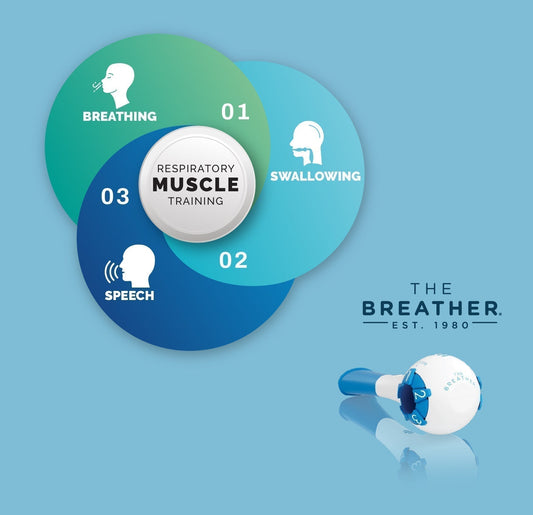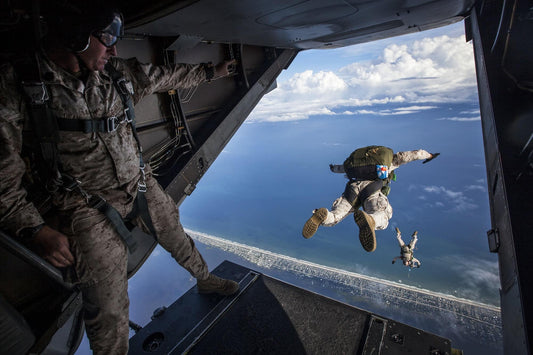Respiratory muscle weakness is one of the significant side effects of long-term cancer treatment, reducing respiratory functions and physical fitness in cancer survivors. While physical exercise is often recommended, respiratory muscle training (RMT), particularly inspiratory muscle training (IMT), has emerged as an effective intervention for improving breathing functions in these patients surviving cancer.
“RMT remains a promising adjunct therapy for managing respiratory side effects in cancer survivors”
This article reviews the evidence on the effects of RMT on breathing fitness in patients surviving cancer, based on a recent systematic review and meta-analysis.
What are the respiratory challenges in cancer survivors?
Breathlessness and breathing muscle weakness are common problems that cancer patients face after cancer treatment as one of the significant side effects occurring in almost 90% of the patients [1]. These challenges often lead to compromised physical fitness and respiratory function, which are important predictors of survival in patients with cancer [2]. Addressing these issues is essential for improving long-term outcomes in these patients.


Why do cancer patients face respiratory challenges?
Cancer patients face respiratory issues due to cancer treatment, such as chemotherapy, radiation therapy, and surgery. Chemotherapy-induced muscle toxicity leads to respiratory muscle weakness and reduced lung capacity [3]. Radiation therapy, specifically when applied to the chest, can cause lung tissue inflammation (pneumonitis) and lung fibrosis, reducing lung expansion [4]. Moreover, surgical interventions around the chest and abdomen can impair diaphragm function and lung compliance [5].
What is the role of physical activity and RMT in patients fighting cancer?
Physical activity has been shown to reduce cancer recurrence by 48% and mortality in cancer patients by 27% [6]. However, traditional physical exercises may not always produce promising results in patients with severe respiratory muscle weakness.
In such cases, RMT has been reported to have beneficial effects in patients fighting with cancer, making it a promising intervention for managing treatment-related side effects.
Systematic review: Assessing the effect of RMT on pulmonary function in cancer survivors
Four researchers from Spain conducted a systematic review and meta-analysis to evaluate the effects of RMT (during or after cancer treatment) on pulmonary functions in patients fighting with cancer [7]. They screened 1085 studies and selected nine eligible for this meta-analysis, which included 363 cancer patients performing RMT.


Of these, five studies included patients with lung cancer, while four studies included patients with esophageal cancer. All studies used resistance devices for RMT, whereas usual care was provided to the participants in control groups. The researchers analyzed the effects of RMT on lung function, physical capacity, and quality of life in patients who survived cancer.
Results: RMT benefiting cancer survivors
This meta-analysis revealed that RMT significantly improved breathing functions in cancer patients. Moreover, improvements in quality of life and functional capacity were also observed in cancer patients performing RMT.
Discussion
The findings of this meta-analysis highlight the potential of RMT as a valuable intervention for improving lung function in cancer survivors. Given the high prevalence of respiratory muscle weakness in cancer patients, RMT could be integrated into rehabilitation programs to enhance respiratory fitness, physical capacity, and overall quality of life.
Conclusions
This systematic review showed that RMT can improve pulmonary function, physical fitness, and quality of life in patients who survived cancer. Therefore, RMT can be used in the treatment regimen of cancer patients with respiratory side effects of anticancer therapies.
References
[3]. Sleijfer S. Bleomycin-induced pneumonitis. Chest. 2001;120: 617–624.









